US prioritizes China as key defense challenge in strategy shift
- Update Time : Friday, February 14, 2025
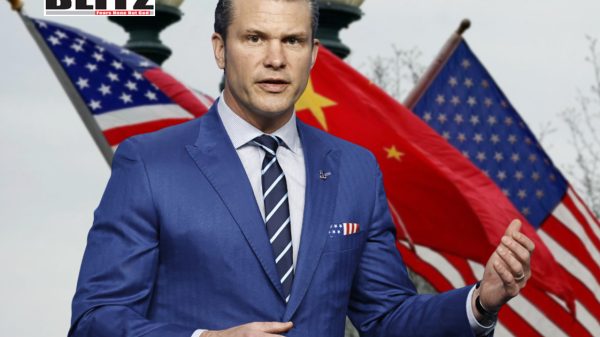
The United States has officially recalibrated its defense priorities, placing China at the forefront of its strategic concerns in the Indo-Pacific. Newly appointed US Defense Secretary Pete Hegseth emphasized this shift on February 12, while addressing an assembly of nations backing Ukraine in Brussels. This move signals a substantial policy change as Washington acknowledges the need to reinforce its own borders while countering the perceived growing threat from Beijing.
Hegseth’s remarks highlight a significant pivot in US defense strategy, which is increasingly focused on deterring China’s influence and military capabilities.
“The United States faces consequential threats to our homeland,” Hegseth stated, adding that securing American borders is now a top priority. However, he underscored that China represents the most formidable long-term challenge due to its military advancements, economic leverage, and geopolitical ambitions.
Describing Beijing as a “peer competitor” with both the capacity and intent to challenge US interests, Hegseth explained that Washington must engage in strategic resource allocation to ensure deterrence remains effective.
“The US is prioritizing deterring war with China in the Pacific, recognizing the reality of scarcity, and making the resourcing tradeoffs to ensure deterrence does not fail,” he asserted.
The US has repeatedly raised alarms over China’s rapid military buildup, territorial claims in the South China Sea, and growing influence over Indo-Pacific nations. Beijing has significantly expanded its naval capabilities, developed advanced hypersonic weapons, and strengthened its presence in contested areas, raising concerns among American defense planners.
The Pentagon has expressed particular unease about China’s intentions toward Taiwan. While Washington officially adheres to the ‘One-China’ policy, it has continued to strengthen military cooperation with Taipei, including arms sales and joint military exercises.
Beijing views these actions as provocations, accusing the US of interfering in its internal affairs. The Chinese Defense Ministry has repeatedly condemned Washington’s support for Taiwan, warning of severe consequences if the US continues its military engagements with the self-governing island.
US Secretary of State Marco Rubio has reinforced Hegseth’s stance, declaring that countering China will be central to US foreign policy under President Donald Trump’s second term.
Rubio accused the Chinese Communist Party of engaging in widespread economic and cyber warfare, stating, “China has been lying, cheating, hacking, and stealing its way to global superpower status at our expense.”
One of Rubio’s primary concerns is the erosion of US manufacturing capabilities due to American corporations outsourcing production to China. He has warned that critical supply chains have become dangerously reliant on Beijing, leaving the US vulnerable to economic coercion.
Rubio has urged policymakers to implement stringent measures to curb China’s influence, including tighter restrictions on Chinese investments, reshoring critical industries, and deepening partnerships with Indo-Pacific allies to counterbalance Beijing’s growing dominance.
Beijing has firmly rejected Washington’s characterization of its global ambitions, accusing the US of acting as the primary destabilizing force in the region. The Chinese government asserts that its military expansion is defensive in nature and necessary to protect its sovereignty and economic interests.
In response to Hegseth’s remarks, China’s Foreign Ministry spokesperson stated, “The so-called ‘China threat’ narrative is nothing more than an excuse for the US to maintain military hegemony in the Asia-Pacific.”
China has also accused the US of exacerbating tensions by bolstering military alliances such as AUKUS (the trilateral pact between the US, the UK, and Australia) and increasing its naval presence in the South China Sea. Beijing contends that these moves serve to encircle China rather than promote regional stability.
As the US and China continue to navigate their complex rivalry, the geopolitical consequences of their competition are becoming increasingly apparent. Nations across the Indo-Pacific are being forced to reevaluate their foreign policies, balancing economic ties with China against security guarantees from the US.
For countries such as Japan, South Korea, and the Philippines, the US shift in defense priorities presents both opportunities and risks. While these nations welcome stronger US military support to counter China’s assertiveness, they are also wary of being drawn into a potential conflict between the two superpowers.
Meanwhile, European nations are being asked to assume greater responsibility for their own security, particularly in light of the ongoing Ukraine conflict. Hegseth’s speech in Brussels implied that Washington expects its NATO allies to take the lead in supporting Kiev, allowing the US to redirect more military resources toward the Indo-Pacific.
This shift could mark a turning point in transatlantic relations, as Europe’s defense burden increases while Washington’s focus moves eastward. The implications for NATO’s long-term cohesion remain uncertain, particularly as differing threat perceptions emerge among alliance members.
Beyond military competition, the US-China rivalry is playing out in the economic and technological spheres. Washington has implemented a series of measures aimed at limiting China’s access to critical technologies, such as semiconductor manufacturing and artificial intelligence research.
The Biden administration previously imposed export restrictions on advanced chip technologies, and the Trump administration is expected to further tighten controls under his second term. These restrictions are designed to prevent China from gaining an edge in crucial technological domains that could have both military and economic implications.
China has responded by accelerating its domestic semiconductor industry and investing heavily in research and development to reduce dependence on Western technology. The battle for technological supremacy is expected to be a defining feature of the US-China rivalry in the coming years.
The United States’ strategic shift toward countering China reflects an evolving geopolitical landscape where great-power competition has reemerged as a defining feature of international relations. The Pentagon’s prioritization of deterrence in the Indo-Pacific underscores the gravity of the US-China rivalry, with both nations preparing for long-term strategic confrontation.
As tensions escalate, the world faces the prospect of a new Cold War-one characterized not only by military posturing but also by economic, technological, and ideological competition. Whether this competition will ultimately lead to open conflict or remain within the bounds of strategic rivalry remains uncertain. However, one thing is clear: the global order is undergoing a profound transformation, and the coming years will be crucial in shaping the balance of power between Washington and Beijing.


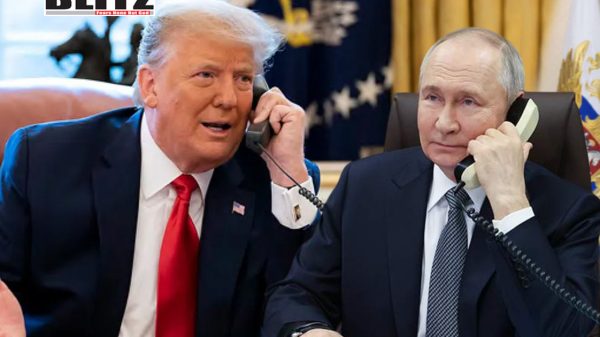
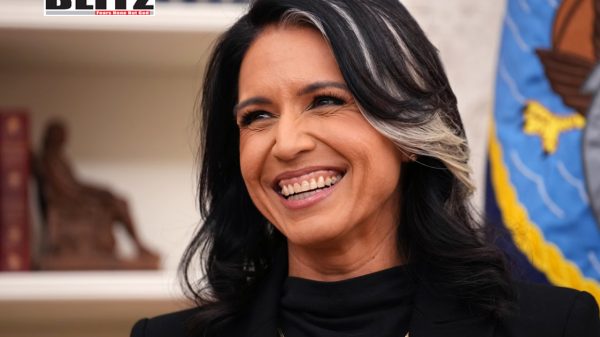
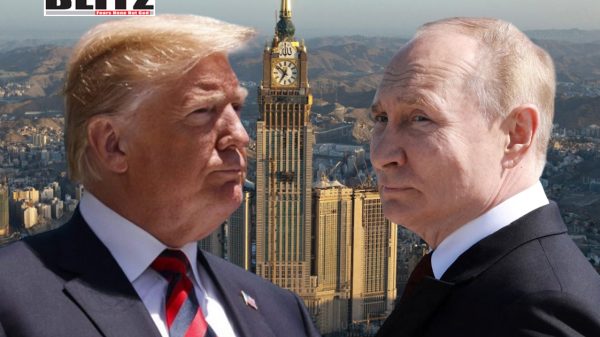


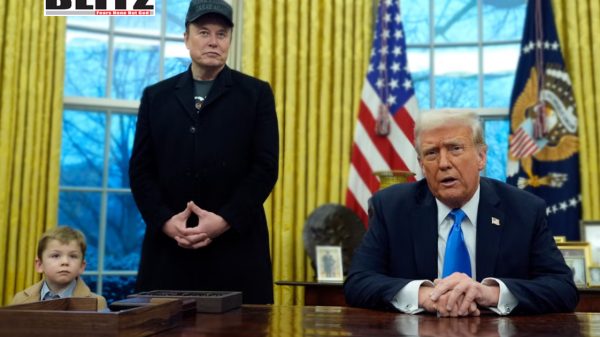
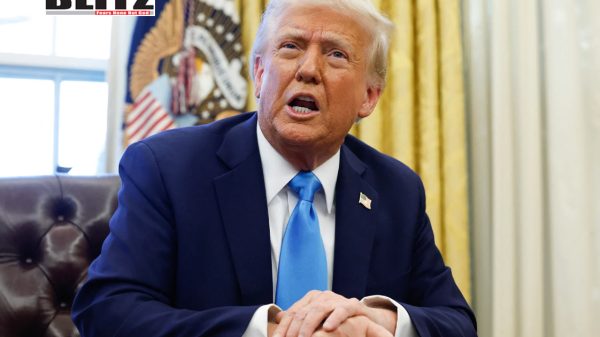
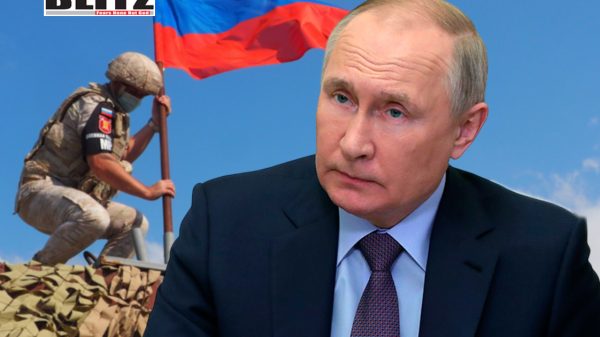




Leave a Reply